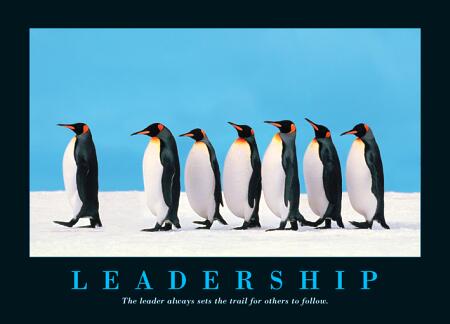What does the term ‘influence’ mean to you? Thinking about this question due to a recent post on Facebook with a link to Fast Company’s new virtual experiment: The Influence Project. The premise is that each person who signs on to the project is given a profile page with a pic that will ostensibly grow larger (more on that in a bit) and space for a short 140 character bio. A personalized link is created for users to share and spread the word. The more people who click on your link and create their own link, the more juice is generated that enlarges your pic in the graph.
Here is Fast Company’s explanation of how this works:
“The scale of your influence, and therefore the size of your photo, is based on two measures.
- The number of people who directly click on your unique URL link. This is the primary measure of your influence, pure and simple.
- You will receive partial “credit” for subsequent clicks generated by those who register as a result of your URL.”
Read more here.
The question for me is, “Does this truly measure influence?” What exactly does ‘influence’ mean? A Fast Company Influence Project (FCIP) user can launch their personal link out to many social media outlets and depending on reach and virality and yes, notoriety, can watch their picture grow. Are they really exercising influence? Could they be accused of spamming?
The Dictionary definition of influence is:
“The capacity or power of persons or things to be a compelling force on or produce effects on the actions, behavior, opinions, etc., of others”
While I tend to think of influence as power to create (positive) change on a large scale, the act of getting another person to take action, in this case, clicking on a link, does fit the dictionary definition of influence. While this may be true, I tend to see the Influence Project more as Pavlovian operant conditioning and the need to satisfy the curiosity factor in all of us versus some true delineation of the power of influence that is wielded.
Here’s what Fast Company has to say about the power of influence:
“Influence is not only about having the most friends or followers. Real influence is about being able to affect the behavior of those you interact with, to get others in your social network to act on a suggestion or recommendation. When you post a link or recommend a site, how many people actually bother to check it out? And what’s the likelihood of those people then forwarding it on? How far does your influence spread?”

I see a huge difference between influencing someone to click a link, whether the end result finds them here at my FCIP page or a link to a Mashable blog post vs. having them click a link that calls them to a greater action that makes an actual difference in the world or in the life of another person. Sounds like my view of influence borders on personal leadership.
It will be interesting to see pictorially just who has bought into the project on someone’s behalf. Everyone participating between 7/6 and 8/15 will have their image (at the appropriately influential size) displayed in the November issue of Fast Company magazine.
Want to help track the Cincinnati ‘influence’? Follow my link here, click and join up if you like!
Some other Cincinnati Social Media folks participating in the project include:
Dave Knox, Brand Manager, Global Branded Entertainment at P&G
Michael Rubin, Social Media Strategist for Fifth Third Bank
*Cross-posted here on Cincinnati Social Media Examiner

